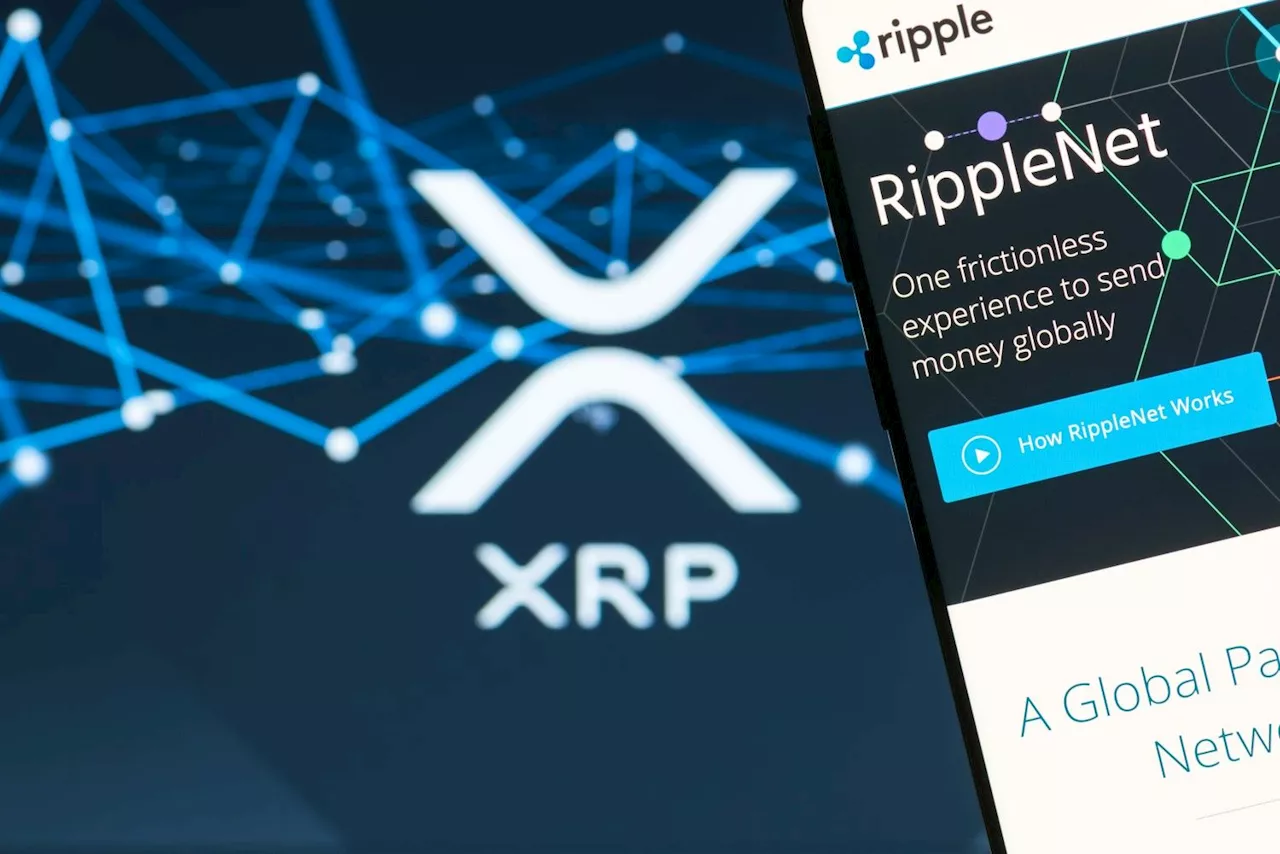The XRP Ledger experienced a temporary disruption when validators stopped publishing validations, causing ledgers to drift apart. The incident highlighted a potential failure mode known as the 'silent network' where validators refuse to participate due to concerns about network integrity. Ripple CTO David Schwarz explained that this halt in validations likely stemmed from validators recognizing network issues and preventing the acceptance of potentially invalid ledgers. While the network appeared to self-correct, the incident underscores the importance of consensus among validators for the XRP Ledger's smooth operation.
“One possible failure mode for XRPL is if all the validators think something's wrong with the network, all refuse to send any validations,” the Ripple CTO explained.The incident began when the network's consensus process appeared to function, but validations were not being published, causing the network's ledgers to drift apart.
A “drift” in this context means that while the consensus protocol was technically running, validations weren't being published. “It's likely that servers refused to send validations precisely because they knew something was wrong,” Schwarz said. “And wanted to make sure no server accepted a ledger as fully validated when they couldn't be sure the network would retain and eventually agree on that ledger.
XRPL XRP Ledger Consensus Validators Blockchain
United States Latest News, United States Headlines
Similar News:You can also read news stories similar to this one that we have collected from other news sources.
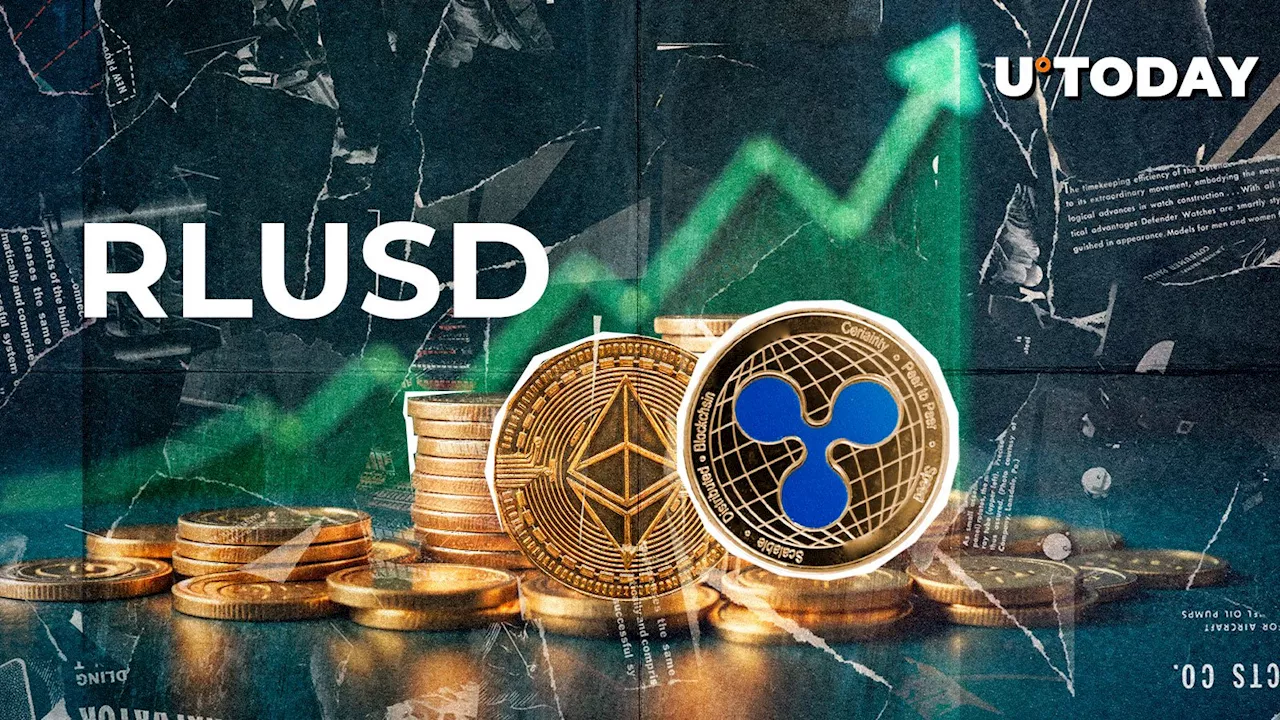 Ripple USD (RLUSD) Sees 300% Imbalance in Ethereum Over XRP LedgerEthereum’s 300% dominance in RLUSD emission spells disappointment for XRP Ledger
Ripple USD (RLUSD) Sees 300% Imbalance in Ethereum Over XRP LedgerEthereum’s 300% dominance in RLUSD emission spells disappointment for XRP Ledger
Read more »
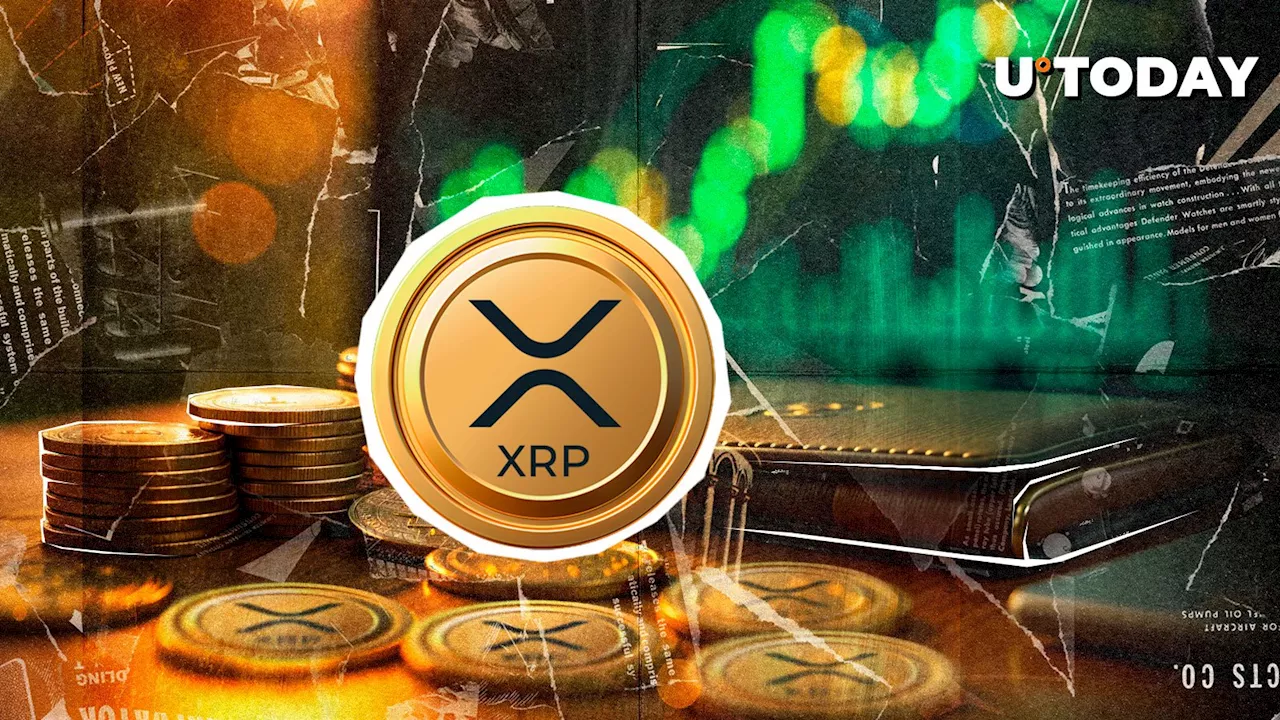 XRP Ledger Surpasses 6 Million Accounts, Fueled by Price Surge and ETF AnticipationThe XRP Ledger (XRPL) has achieved a significant milestone, surpassing 6 million accounts, demonstrating its growing adoption in financial and transactional applications. The recent surge in XRP's price, exceeding 500% since November 2024, has led to a substantial increase in the number of XRP wallets. Analysts attribute this rally, in part, to the anticipation surrounding a potential XRP ETF, which could attract billions in investment.
XRP Ledger Surpasses 6 Million Accounts, Fueled by Price Surge and ETF AnticipationThe XRP Ledger (XRPL) has achieved a significant milestone, surpassing 6 million accounts, demonstrating its growing adoption in financial and transactional applications. The recent surge in XRP's price, exceeding 500% since November 2024, has led to a substantial increase in the number of XRP wallets. Analysts attribute this rally, in part, to the anticipation surrounding a potential XRP ETF, which could attract billions in investment.
Read more »
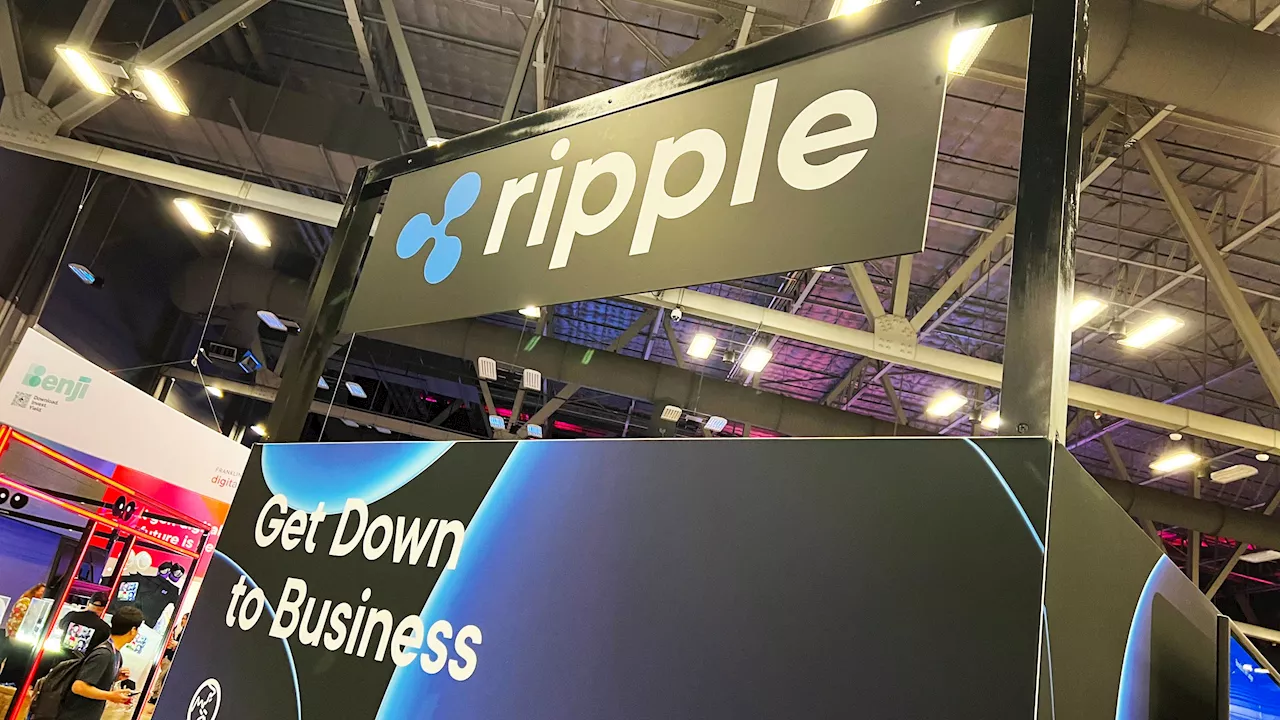 Ondo Finance Brings Tokenized US Treasury Offering to XRP LedgerOndo Finance expands its tokenized treasury offerings to the XRP Ledger, allowing institutional investors to access US Treasury assets through a 24/7, blockchain-based platform.
Ondo Finance Brings Tokenized US Treasury Offering to XRP LedgerOndo Finance expands its tokenized treasury offerings to the XRP Ledger, allowing institutional investors to access US Treasury assets through a 24/7, blockchain-based platform.
Read more »
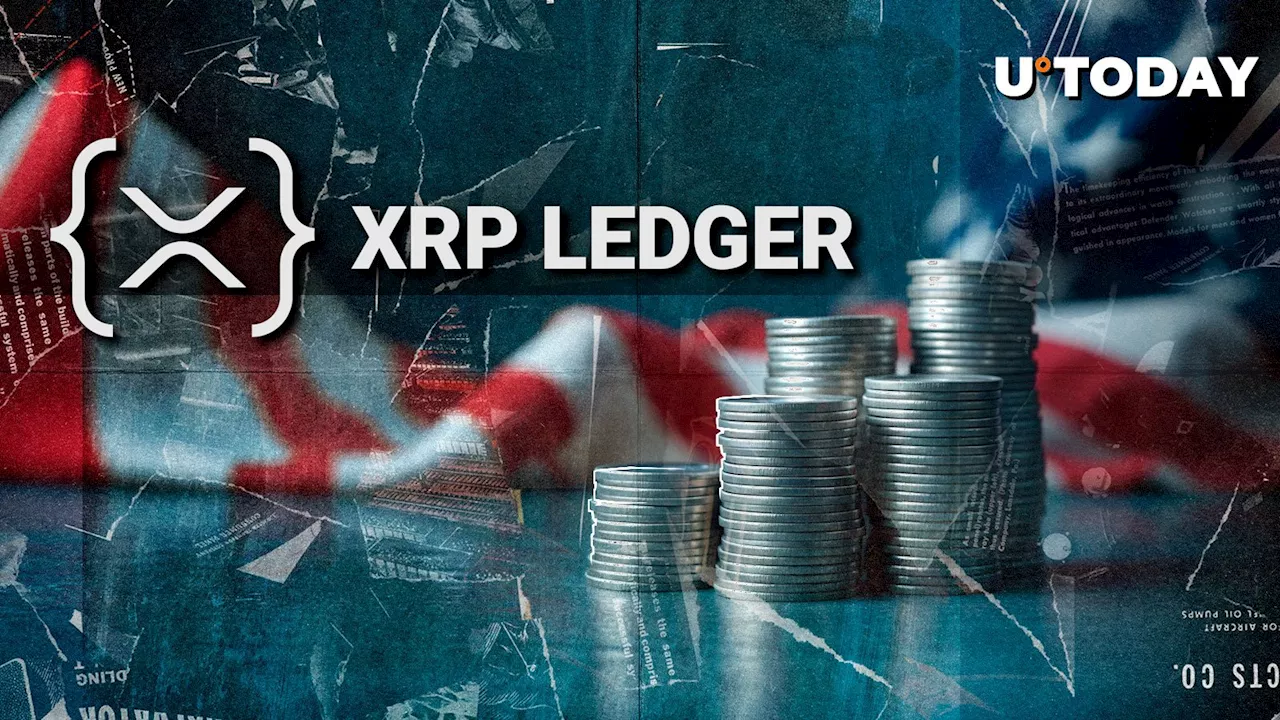 Ondo Finance to Integrate with XRP Ledger, Enabling OUSG Redemption with RLUSDOndo Finance is set to integrate its OUSG token with Ripple's XRP Ledger, allowing investors to redeem their OUSG tokens using Ripple's newly launched RLUSD stablecoin. This integration, supported by Ripple's initial liquidity commitment, marks a significant development for both Ondo Finance and the XRP ecosystem. The OUSG token, currently backed by BlackRock's USD Institutional Digital Liquidity Fund, is available on Ethereum, Polygon, and Solana, and the XRPL integration is expected to take place within the next six months.
Ondo Finance to Integrate with XRP Ledger, Enabling OUSG Redemption with RLUSDOndo Finance is set to integrate its OUSG token with Ripple's XRP Ledger, allowing investors to redeem their OUSG tokens using Ripple's newly launched RLUSD stablecoin. This integration, supported by Ripple's initial liquidity commitment, marks a significant development for both Ondo Finance and the XRP ecosystem. The OUSG token, currently backed by BlackRock's USD Institutional Digital Liquidity Fund, is available on Ethereum, Polygon, and Solana, and the XRPL integration is expected to take place within the next six months.
Read more »
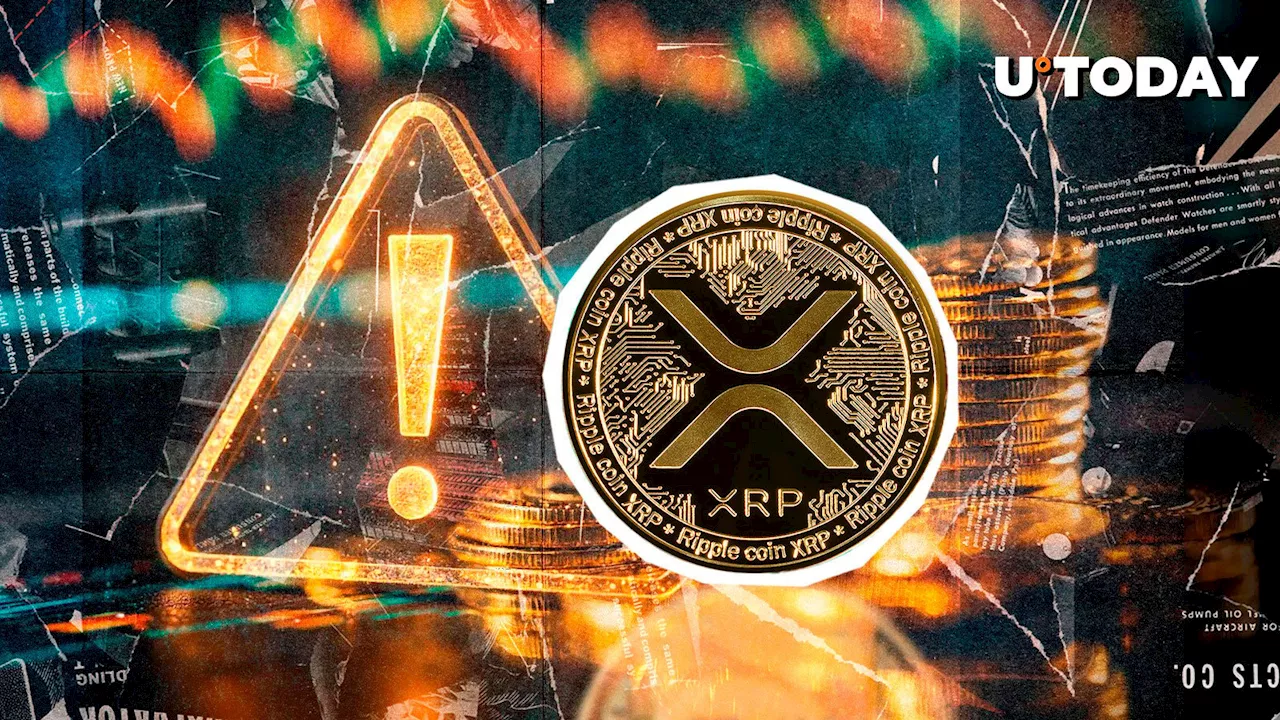 Major Amendment Goes Live on XRP Ledger: Risks & Rewards of New AMM PoolsAn important amendment enabling clawback tokens in Automated Market Makers (AMMs) has activated on the XRP Ledger. This opens the door for deeper liquidity on the XRPL DEX, but comes with warnings about impermanent loss risks. The XRP/RLUSD AMM Pool, launched just hours ago, already boasts over $220,000 in Total Value Locked (TVL).
Major Amendment Goes Live on XRP Ledger: Risks & Rewards of New AMM PoolsAn important amendment enabling clawback tokens in Automated Market Makers (AMMs) has activated on the XRP Ledger. This opens the door for deeper liquidity on the XRPL DEX, but comes with warnings about impermanent loss risks. The XRP/RLUSD AMM Pool, launched just hours ago, already boasts over $220,000 in Total Value Locked (TVL).
Read more »
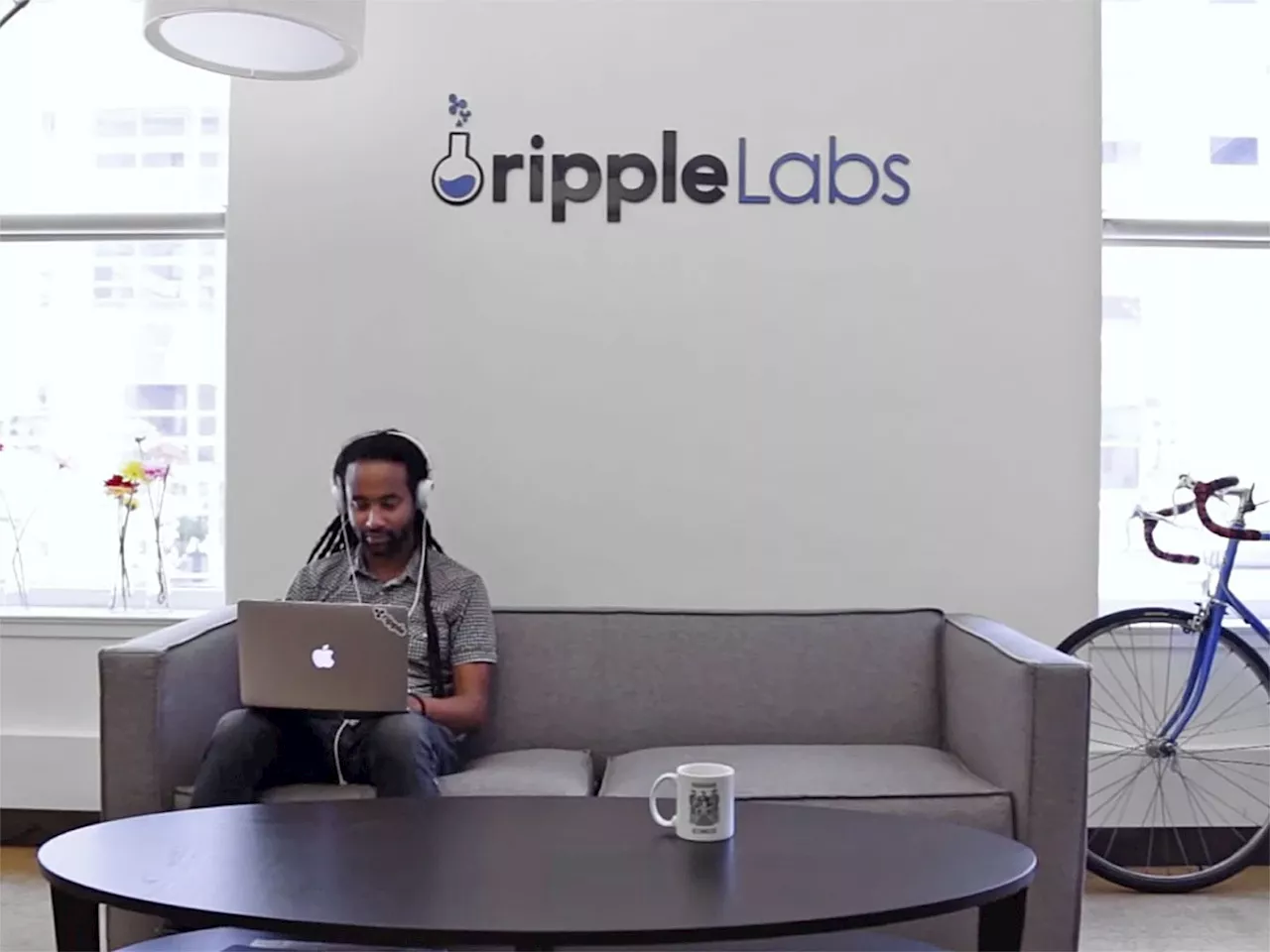 XRP Ledger Activates Clawback Amendment, Boosting DeFi and Regulatory ComplianceThe XRP Ledger has activated a new amendment that allows tokens with clawback capabilities, such as Ripple's RLUSD stablecoin, to be traded on its decentralized exchange (DEX). This move enhances regulatory compliance and opens up new possibilities for decentralized finance (DeFi) on the network.
XRP Ledger Activates Clawback Amendment, Boosting DeFi and Regulatory ComplianceThe XRP Ledger has activated a new amendment that allows tokens with clawback capabilities, such as Ripple's RLUSD stablecoin, to be traded on its decentralized exchange (DEX). This move enhances regulatory compliance and opens up new possibilities for decentralized finance (DeFi) on the network.
Read more »
